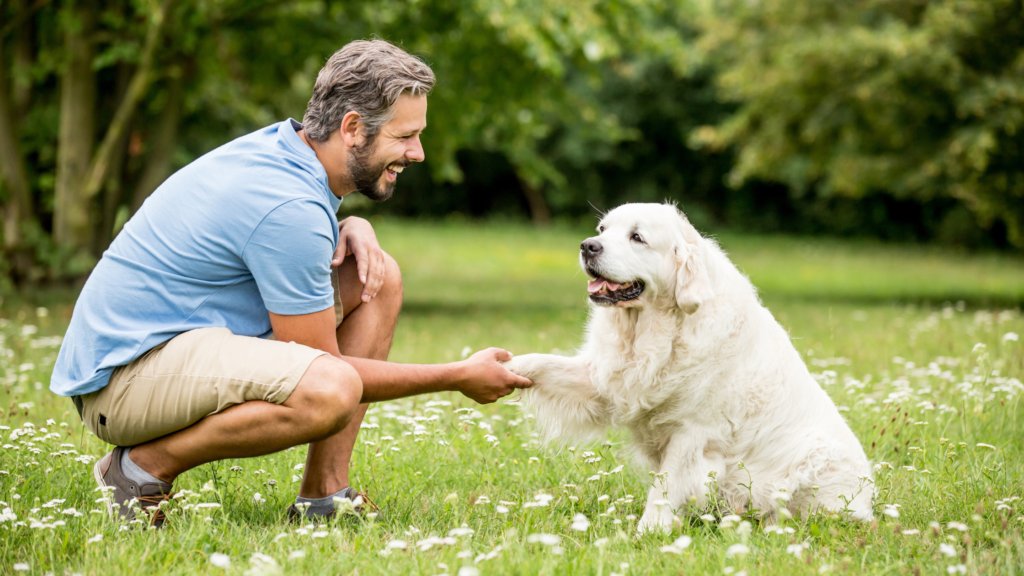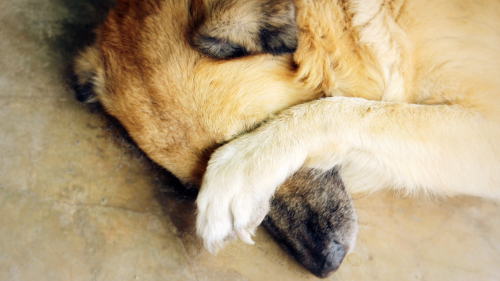As professional pet sitters in Columbus, Ohio, we often encounter dogs with different temperaments. Some dogs are immediately friendly and outgoing, while others may be shy or fearful, particularly when new people enter their space. Understanding how to approach and care for these dogs is essential to ensuring a positive experience for both them and their parents.
Identifying a Shy Dog
Recognizing signs of a shy or anxious dog can help us adjust our behavior to make them feel safe. Here are some common signs of shyness or fear in dogs:
- Trembling or shaking: One of the most noticeable signs of fear or discomfort.
- Cowering: The dog may huddle close to the ground or hide behind furniture.
- Avoiding eye contact: Shy dogs may look away or keep their head low.
- Freezing in place: Some dogs stop moving entirely when they are afraid.
- Tucked tail: A dog that is tucking its tail between its legs is often nervous or scared.
- Panting or drooling: Stress can cause excessive drooling or heavy breathing.
- Backing away: A dog that continually moves away from you may be feeling unsure or threatened.
Ways to Help a Shy Dog Feel More Comfortable
Once we’ve identified that a dog is feeling shy or fearful, we can use these strategies to build trust and help them feel more at ease:
- Move Slowly and Stay Calm: Enter the home quietly, and avoid sudden movements or loud noises that might startle the dog. Slow, deliberate movements and a calm voice can signal to the dog that you’re not a threat.
- Give Them Space: Don’t rush to pet the dog or invade their personal space. Allow them to approach you when they’re ready. Sometimes, simply being present without forcing interaction can help build trust.
- Use Positive Reinforcement: Offering treats can create a positive association with your presence. Start by tossing a treat from a distance, letting the dog decide when to come closer.
- Avoid Direct Eye Contact: Direct eye contact can feel intimidating to shy dogs. Instead, approach them sideways or look at them from the corner of your eye to appear less threatening.
- Engage in Quiet Activities: If the dog enjoys toys, engage them in gentle play. This can serve as an icebreaker, helping the dog associate fun with your visits.
- Try Scent Association: Bring an item that carries the pet parent’s scent, such as a t-shirt or blanket. The familiar scent can have a calming effect on the dog.
- Communicate with the Pet Parent: Keep the dog’s parent informed about their behavior. Ask if there are any known triggers or specific activities that help the dog relax.
- Be Patient: Building trust takes time. You might not earn a shy dog’s trust in one visit, and that’s okay. Consistent, gentle interactions over several visits can lead to significant progress.

Why Shy Dogs Deserve a Chance
Every dog has a story, and for shy dogs, that story often includes challenges that have made them more cautious of the world around them. These gentle souls may have faced situations that left them feeling vulnerable, and as a result, they approach new experiences with hesitation. It’s in these moments that our role becomes so much more than just pet sitters or dog walkers—we become their allies and advocates.
Providing extra care to shy dogs isn’t just about reducing their anxiety during our visits; it’s about acknowledging their feelings and ensuring they feel secure. Our patience can make a significant difference. It’s rewarding to see a shy dog gradually become more comfortable—the initial wag of the tail, a relaxed expression, or when they allow us to gently pet them. These signs of trust reinforce the importance of our work as pet sitters and dog walkers in Columbus, Ohio.















